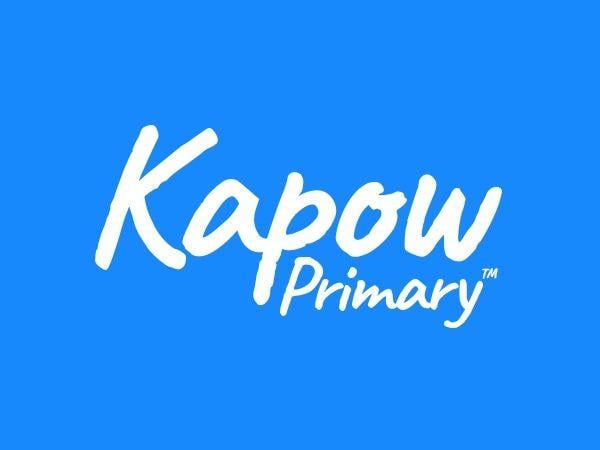Learning objective
- To apply their understanding of fugue structure when performing with others.
Success criteria
- I can identify similarities and differences between sections
This content is for subscribers only. Join for access today.
National curriculum
Pupils should be taught to:
This content is for subscribers only. Join for access today.
Cross-curricular links
None.
This content is for subscribers only. Join for access today.
Before the lesson
This content is for subscribers only. Join for access today.
Lesson plan
Attention grabber
Watch the Pupil video: He shall feed his flock. Ask:
This content is for subscribers only. Join for access today.
Extended-mode explainer videos
How to extend your display to view the lesson page and preseantion mode simultaneously. Choose your operating system below to watch the video
If you need further support with extending your display,
please contact [email protected].
Extended-mode explainer video: For Mac
Extended-mode explainer video: For Windows
Adaptive teaching
Pupils needing extra support:
Could listen to the audio clips in the lesson as they recap what to play for sections A/B and E/F; may need teacher support to learn sections G and H.
Pupils working at greater depth:
Should continue to play Funky fugue – part 2.
This content is for subscribers only. Join for access today.
Assessing progress and understanding
Pupils with secure understanding indicated by: being able
This content is for subscribers only. Join for access today.
Vocabulary definitions
-
Baroque
Music created in Europe between 1600 and 1750.
-
canon
Music in which very similar parts are introduced one by one to overlap.
This content is for subscribers only. Join for access today.
In this unit
Assessment - Music Y6: Baroque
Lesson 1: Monteverdi and the invention of opera
Lesson 2: Johann Pachelbel and the canon
Lesson 3: Henry Purcell and the ground bass
Lesson 4: J S Bach and the fugue
Lesson 5: George Frideric Handel and the oratorio

